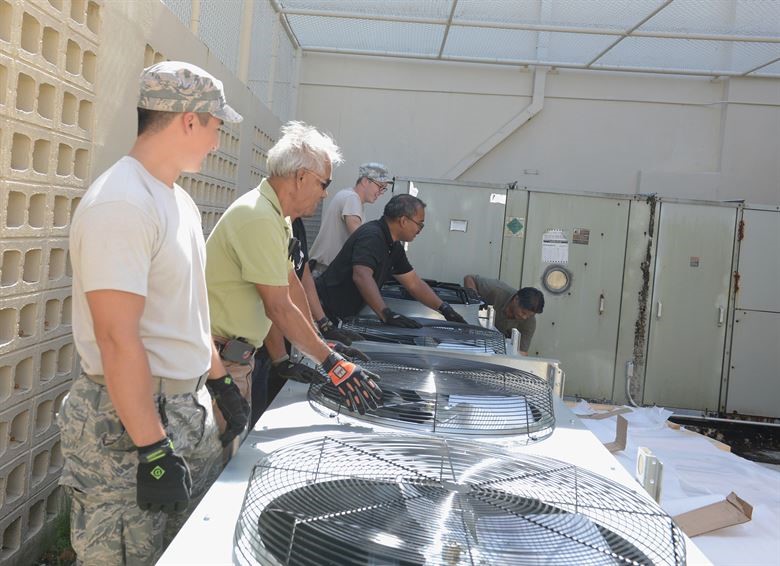Technology changes fast, and the HVAC industry is no exception. Many of the current trends are driven by legislation driving the need for more efficiency and changing the chemicals that can be employed.

Changing Refrigerants
One of the big changes facing the industry at the moment is the phasing out of the R22 refrigerant. This happening because the EU considers it to be an ozone-depleting substance. This means it’s illegal to use recycled or reclaimed R22 refrigerant, and new systems must use an alternative.
Using alternatives to R22 on existing systems, though, can lead to problems, and it’s important that installers check the system to ensure that using a different refrigerant isn’t going to cause issues.

Solar Effects
There is now a greater understanding of the impact of the sun on buildings and their heating and ventilation. Modern double glazing is designed to keep heat in by reflecting it back into the room. But there are times when you can exploit the sun’s energy by letting it in, as well as times when you’d rather keep it out so you save on cooling.
This is where Brise Soleil solar shading systems from suppliers such as https://alusystems.uk/ come into play, allowing you to control when and where you want to admit sunlight to the building.
This ties into the ability that technology offers to have much greater control of NVAC and environmental systems. Thanks to smart devices connected to the Internet of Things, it’s possible to have accurate information about what’s happening in any part of the building and have systems respond in real time. This can be by increasing heating or cooling, closing shutters and more. All of which can be controlled from a central smart hub which needn’t even be in the building itself. This can of course also be used to spot when problems are developing and ensure that maintenance is carried out before a major problem is allowed to develop.
This is likely to see the development of innovative and complex HVAC solutions being designed in not just on new-builds but also retrofitted when properties are being refurbished. The ultimate aim is to improve control of the building environment and at the same time reduce energy consumption by making the most effective use of resources.
